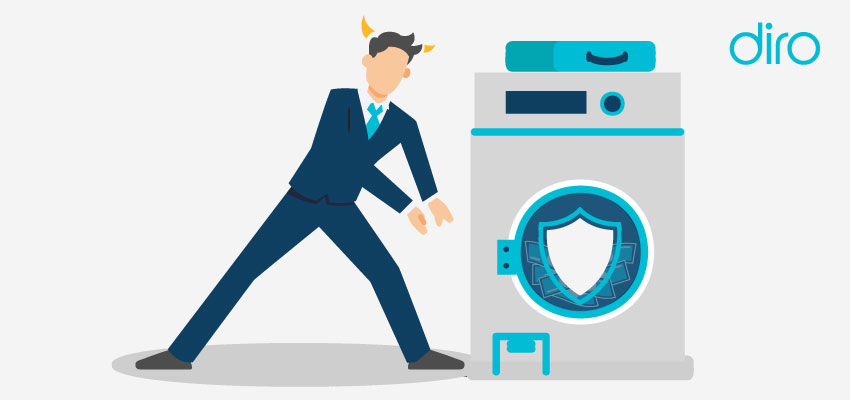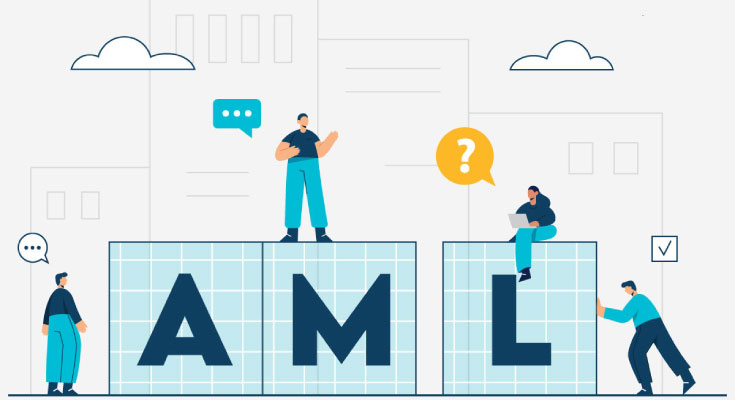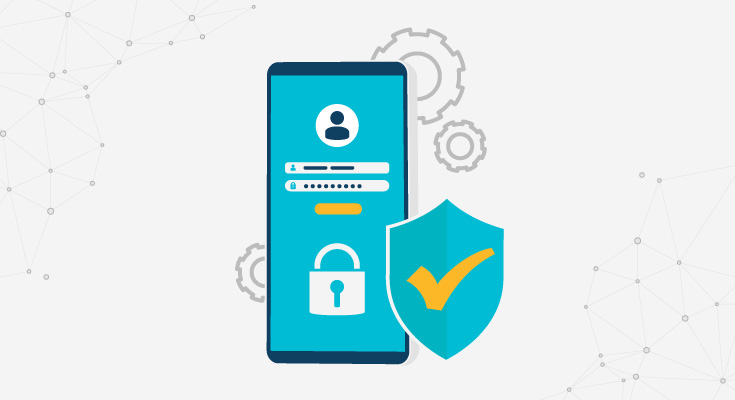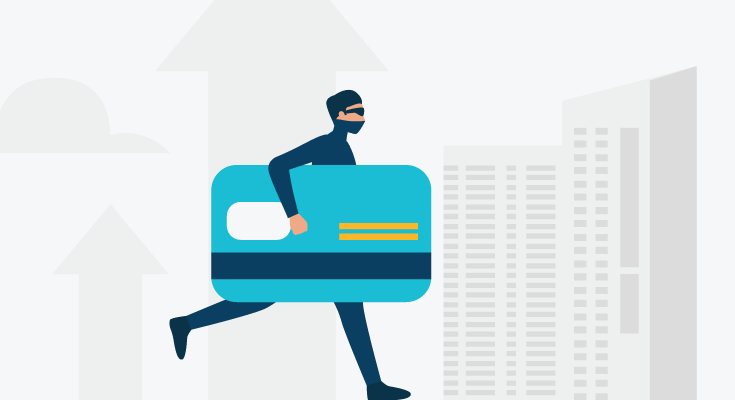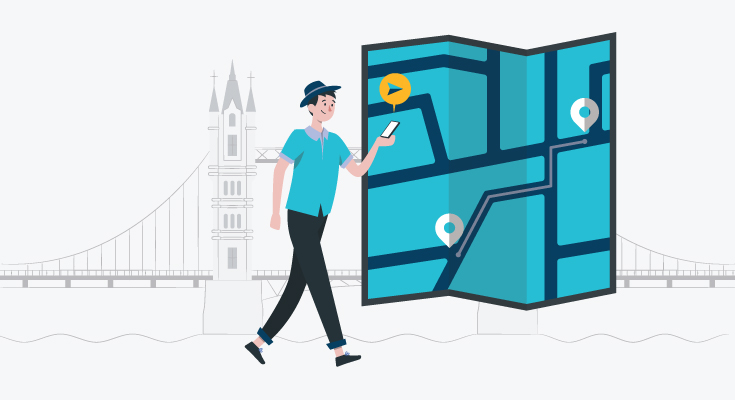Digital payments have grown at an exponential rate since the pandemic changed the banking industry into a digital-first. To prevent and detect digital payments frauds, today’s finance and regulatory teams can use a series of tools and technologies. Combining these strategies with techniques like IP whitelisting, VPNs, corporate firewalls and antivirus solutions can allow businesses to build strong digital payment fraud prevention techniques. Here are all the best practices to follow to prevent digital payments fraud.
Physical Payments Fraud: A Gateway to Digital Payments Fraud
Preventing payments fraud is a major priority for financial institutions, and the level of sophistication that fraudsters use makes it almost impossible for financial institutions to uncover and prevent fraud.
Most of the time, it’s a ransomware-style takeover of a company’s payment systems or the subversive use of credentials to extract funds. The modern era of corporate fraud is being done using digital channels only.
Digital payment frauds are especially worrisome for banks because the level of sophistication is greater than check fraud or small-level cash fraud, and these digital-first frauds are causing more loss than other types of fraud. A study conducted in 2016 stated that the average loss a financial institution faces during check fraud was only $1,500 compared to almost $130,000 and $1-10 million for account takeover fraud.
The fact that digital payments fraud tends to offer a better payout for criminals, however, there are other factors behind the shift to digital payments fraud.
For instance, as B2B digital payments have become mainstream, the shift to electronic payment solutions has made it possible for tech-savvy criminals to target companies. Not all customers use physical cash and checks so conducting fraud using these is no longer profitable for businesses.
Now that customers are using ACH, wire transfers and cards, and even cryptocurrencies, fraudsters love to conduct fraud digitally. The widespread use of mobile payment apps and online banking software are all working in the favor of a criminal.
Even with today’s heightened sophistication and the rising prominence of remote work, most of the losses suffered by financial institutions are due to gaps in their own compliance or security gaps. Also, the lack of proper employee training of the company’s digital security solutions can also lead to an increased level of fraud. This is why banks and financial institutions need to figure out a way to protect against digital payments fraud.
Structured and Multi-level Approach to Digital Payments Frauds Prevention
Thankfully, just as criminals introduced new frauds, cybersecurity firms, and global payments are working around the clock to develop safer and more robust solutions. Today, most financial institutions utilize a wide variety of tools right alongside each other to ensure complete security.
Solutions like IP Whitelisting and multifactor authentication, VPNs, standard firewalls, and antivirus solutions may be essential for digital security.
Given the fact that most digital payments are extremely complex, there is no single layer of security that can block every fraudulent attack. To completely prevent digital payments fraud, financial institutions must use a structured and multilayered approach. By implementing multiple layers of security, financial institutions can find the ideal balance.
So, ultimately what are the most advanced tools and techniques that can help in preventing digital payments fraud in 2021?
Five Major Ways to Protect Against Digital Payments Fraud
1. Regular & Intensive Employee Training
One of the best ways for digital payment fraud prevention is by training your employees. Fraudsters have evolved with time and they utilize the best solutions to stay out of the regulatory body’s eyesight.
Digital solutions work well only if the employees are operating at 100% efficiency. For instance, if an employee forgets to utilize multi-factor authentication on customer accounts or forgets to delete an old employee’s credentials from the payments system, companies can be exposed to a certain level of risk. If a number of employees are negligent in following company policies, the threat of loss is huge.
Companies have to develop strong internal strategies to ensure that the employees are regularly and constantly educated about the policies and strategies. This education has to cover all the information about growing fraud trends and best practices used to prevent these types of fraud. Teaching customers about the practices in use to detect and prevent these frauds can be extremely helpful.
2. Multi-Factor Authentication
Multi-factor authentication is one of the most secure methods of preventing digital fraud as it is incredibly fast and effective in preventing a fraudulent takeover of customer credentials.
Criminals can’t utilize stolen credentials as multi-factor authentication requires authorization for making any kind of payment. This could include something that a user knows (passwords), something a user has (a security token), or something a user is (biometrics authentication). In practice, this means that instead of only earning a username and password, employees may be required to submit a fingerprint scan or enter a string of code that is sent to customers via text whenever they try to transact.
MFA is a tool that is used majorly in the financial industry. To prevent digital payments fraud, MFA is essential.
3. Multi-User Payments Control
Financial institutions shouldn’t allow a fraudster or a rogue employee to exploit the user credentials to access a payment solution. There are a series of preventive measures that can be used to stop them from deploying funds. To prevent that from happening, dual controls are necessary.
Dual-controls have been used by financial institutions for ages, and it ensures that the authority to execute a transaction between employees is cut in half. This prevents a single rogue employee from acting on their own. By ensuring that 2-3 employees are required to review every single payment before it’s executed is the best way to prevent fraud.
Financial institutions can assign specific users to initiate and review and approve the truncations that happen in their internal payments systems. Banks and financial institutions can prevent any single employee from having authority over the payments process.
4. Customer Authentication Software
Another method of preventing fraud is by using transaction monitoring solutions. User auditing software has become a vital part of many financial institutions as it can keep a complete log of every single action. This way, administrators, auditors, and compliance teams have complete transparency in evaluating potential fraudulent actions that happen on any specific user account.
In situations where fraud has happened, administrators are alerted of suspicious activities and these activity logs can help in training employees for future situations of fraud. Online document verification software helps in ensuring that fraudsters don’t access the financial institution’s internal systems. By proactively preventing customers from entering the systems, fraud can be prevented even further.
5. Payment Safelists and Blocklists
Another way to prevent digital payment fraud is by implementing a safelist and blocklist. These controls can be configured directly within various internal platforms that offer them, and they work by placing internal parameters over which internal bank accounts can be used to send payments.
Payment safelists and blocklists are incredibly helpful as they give companies total control over individuals and entities that are allowed to engage with the business. Thus helping in digital payment fraud prevention.

